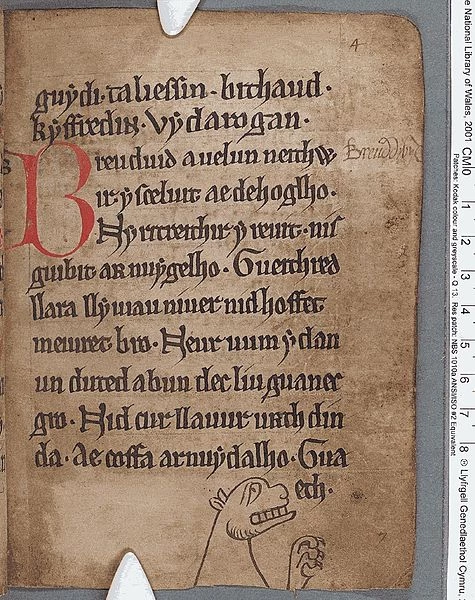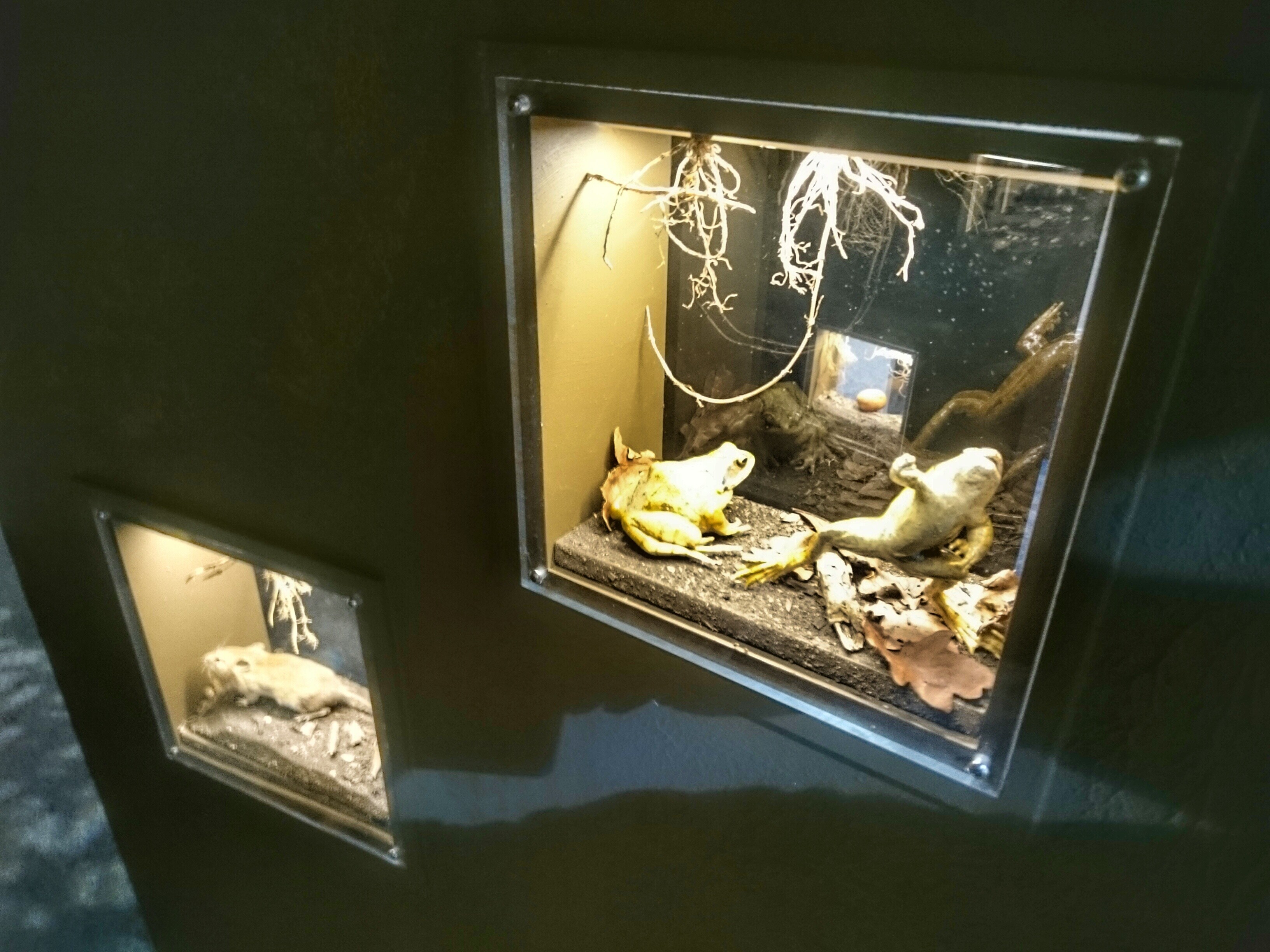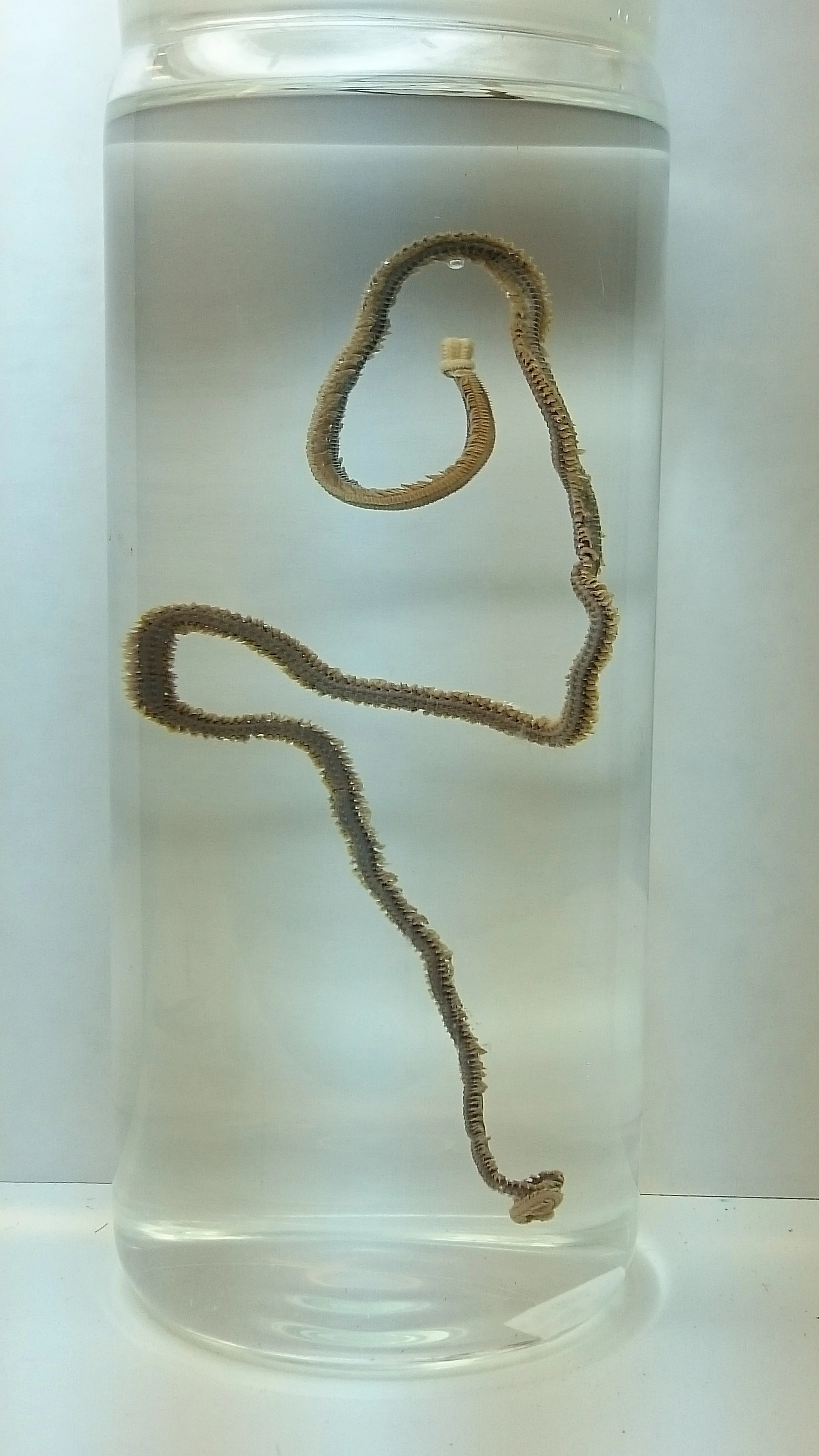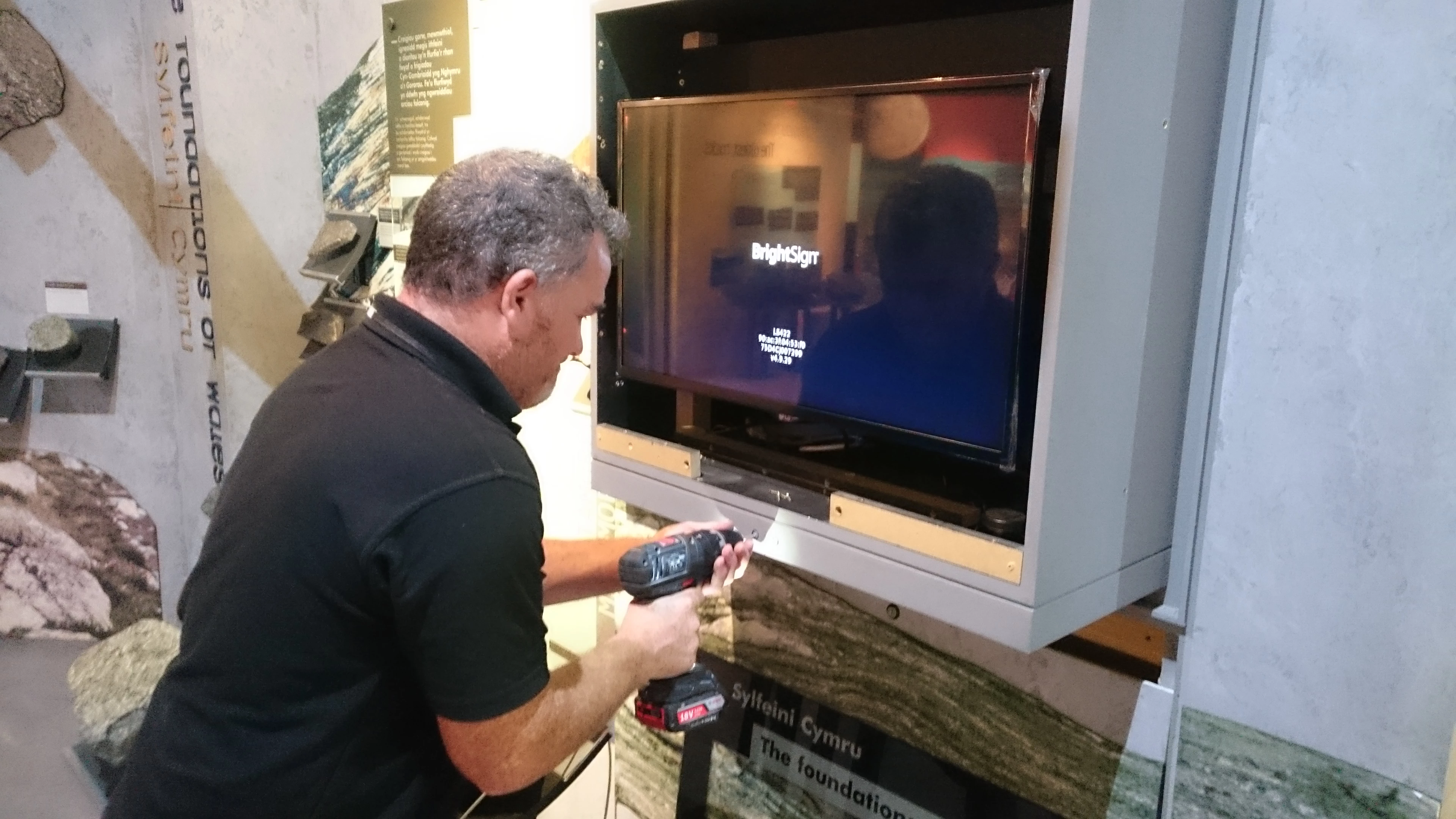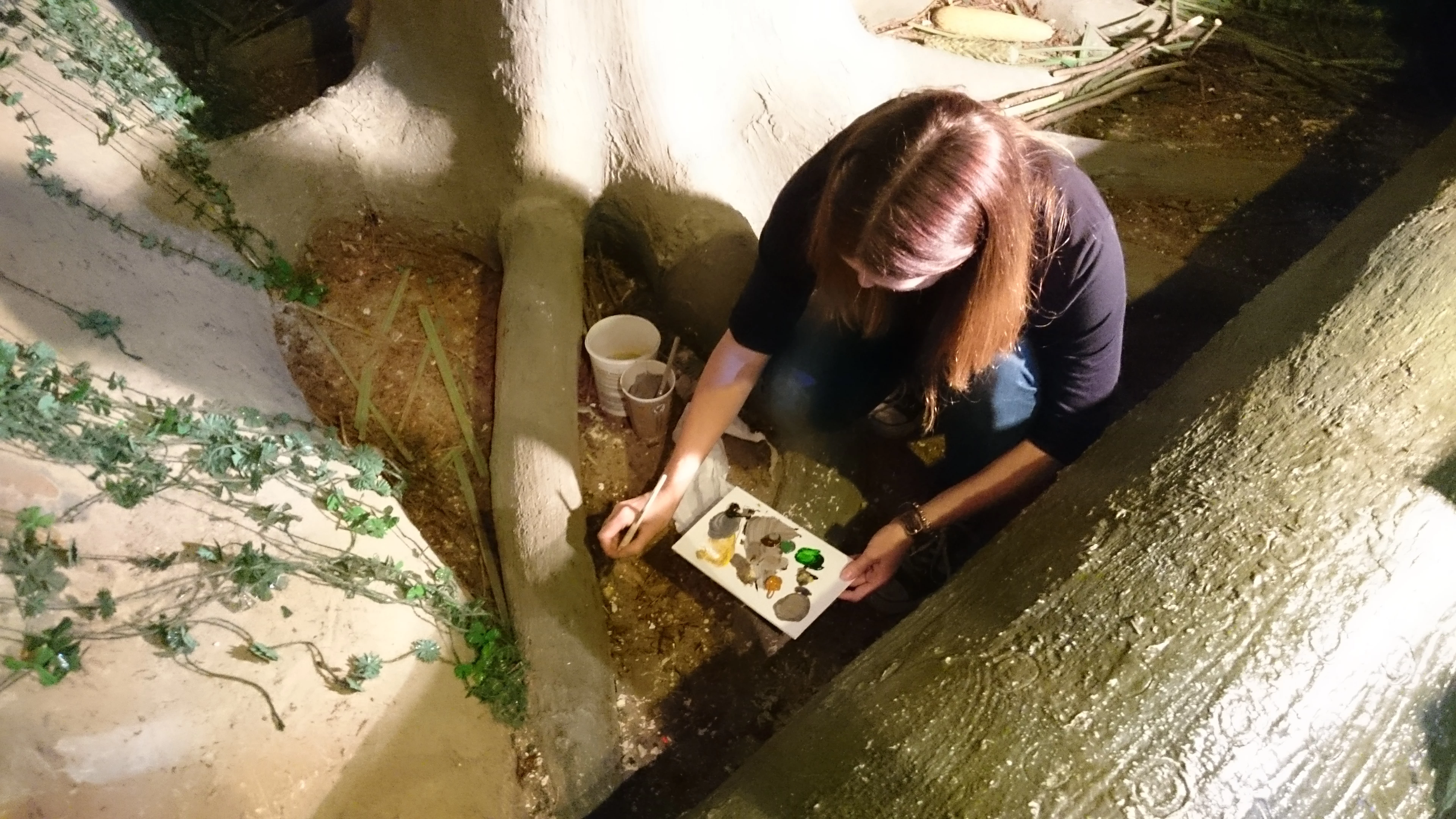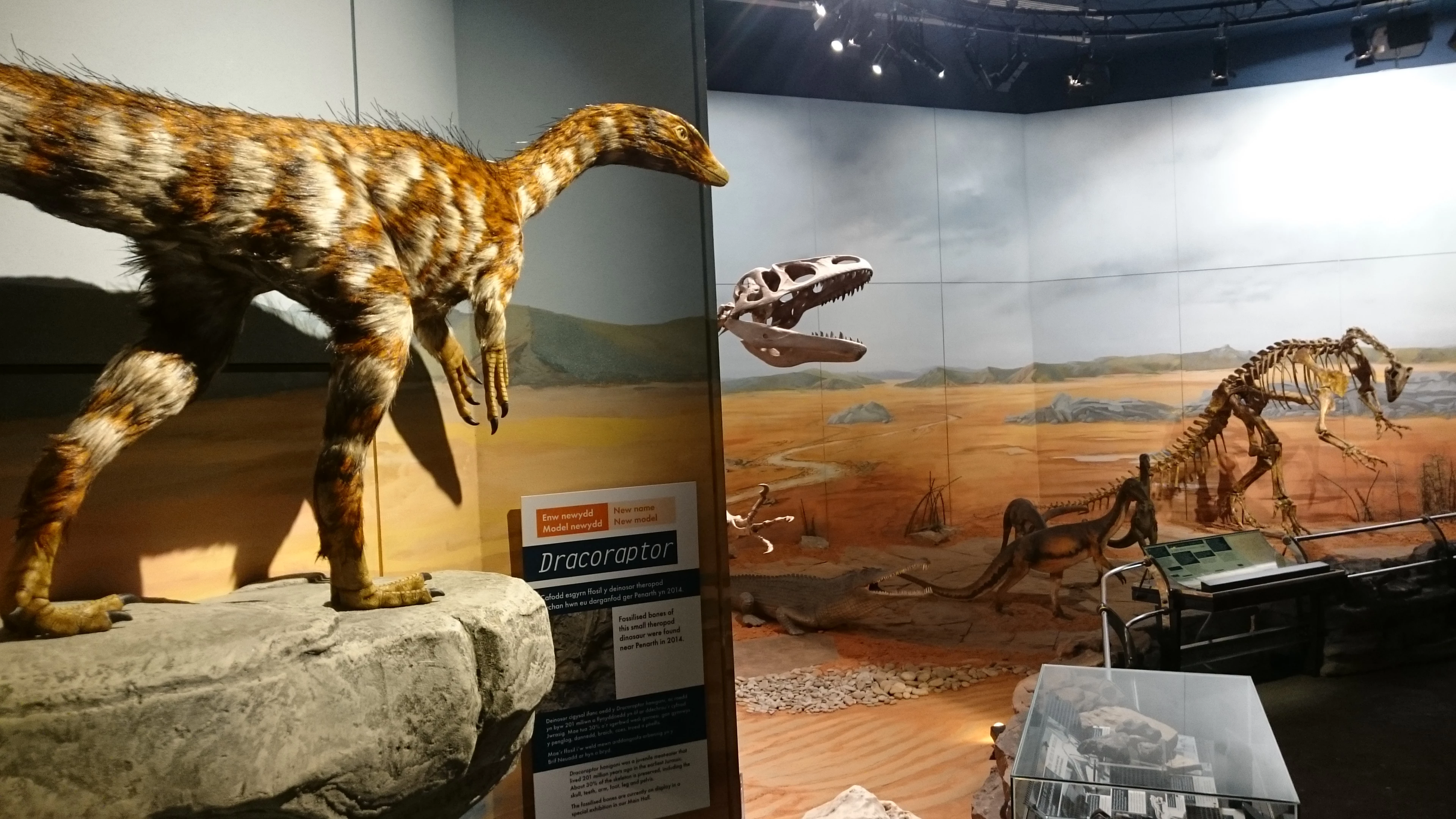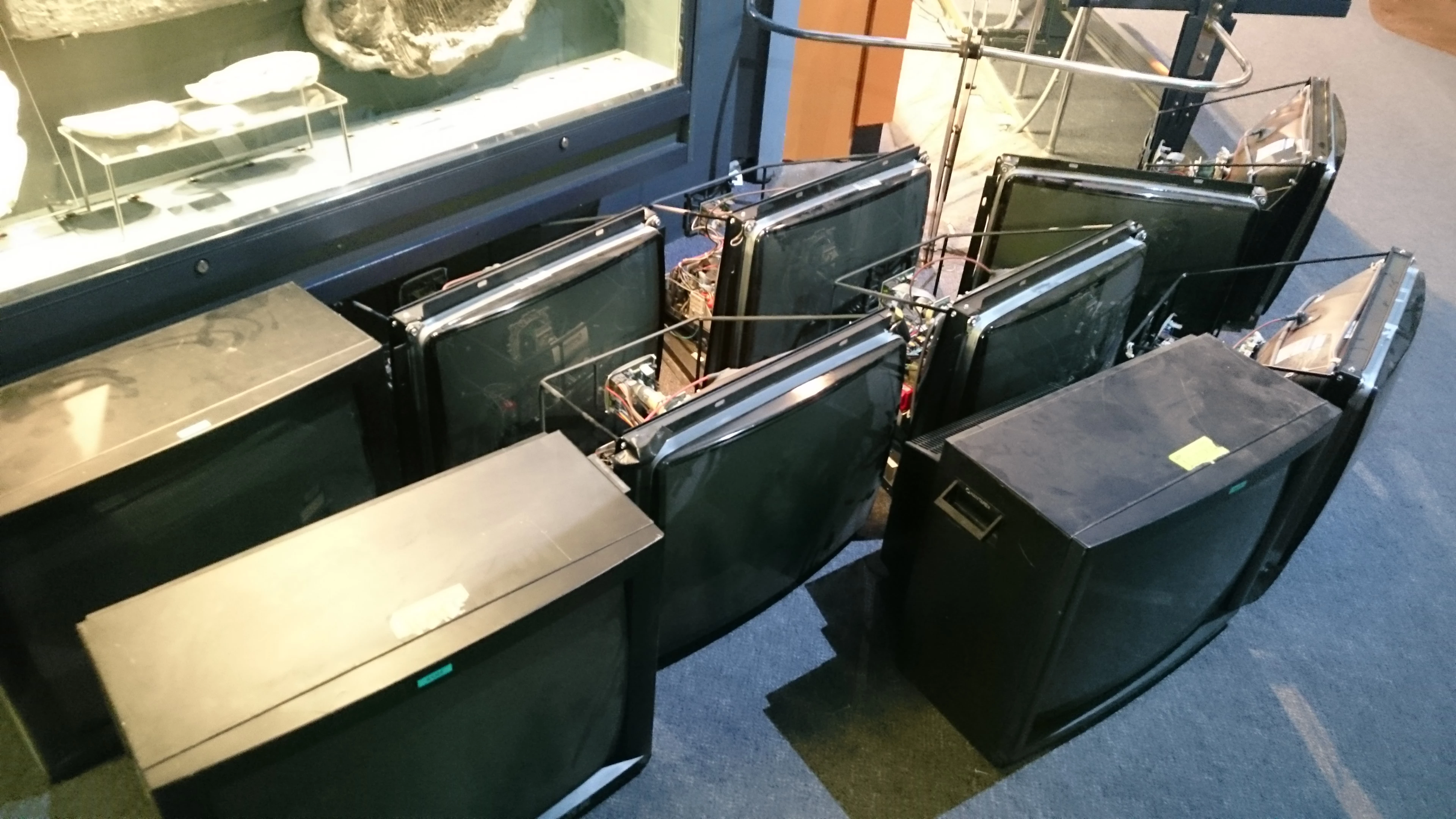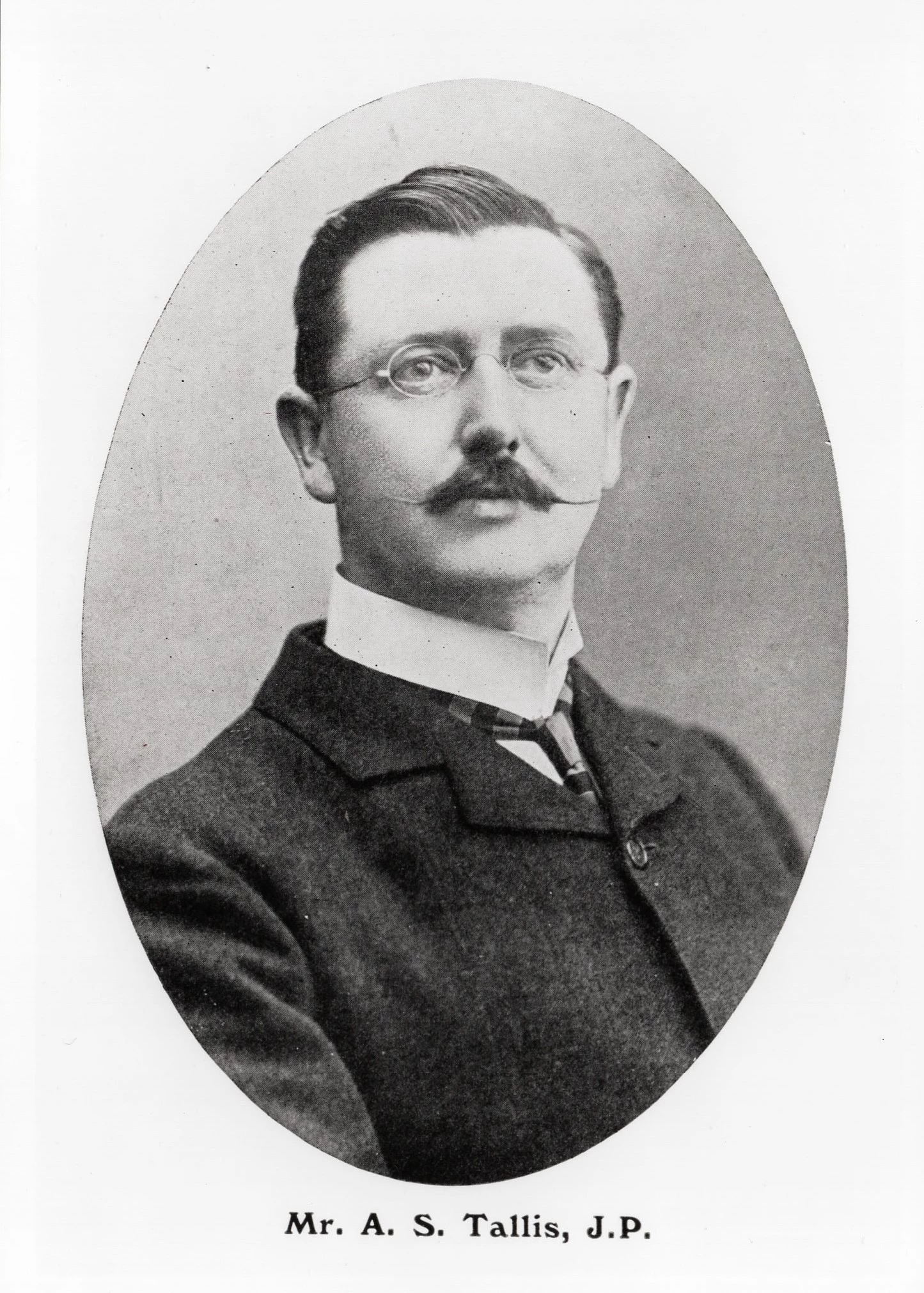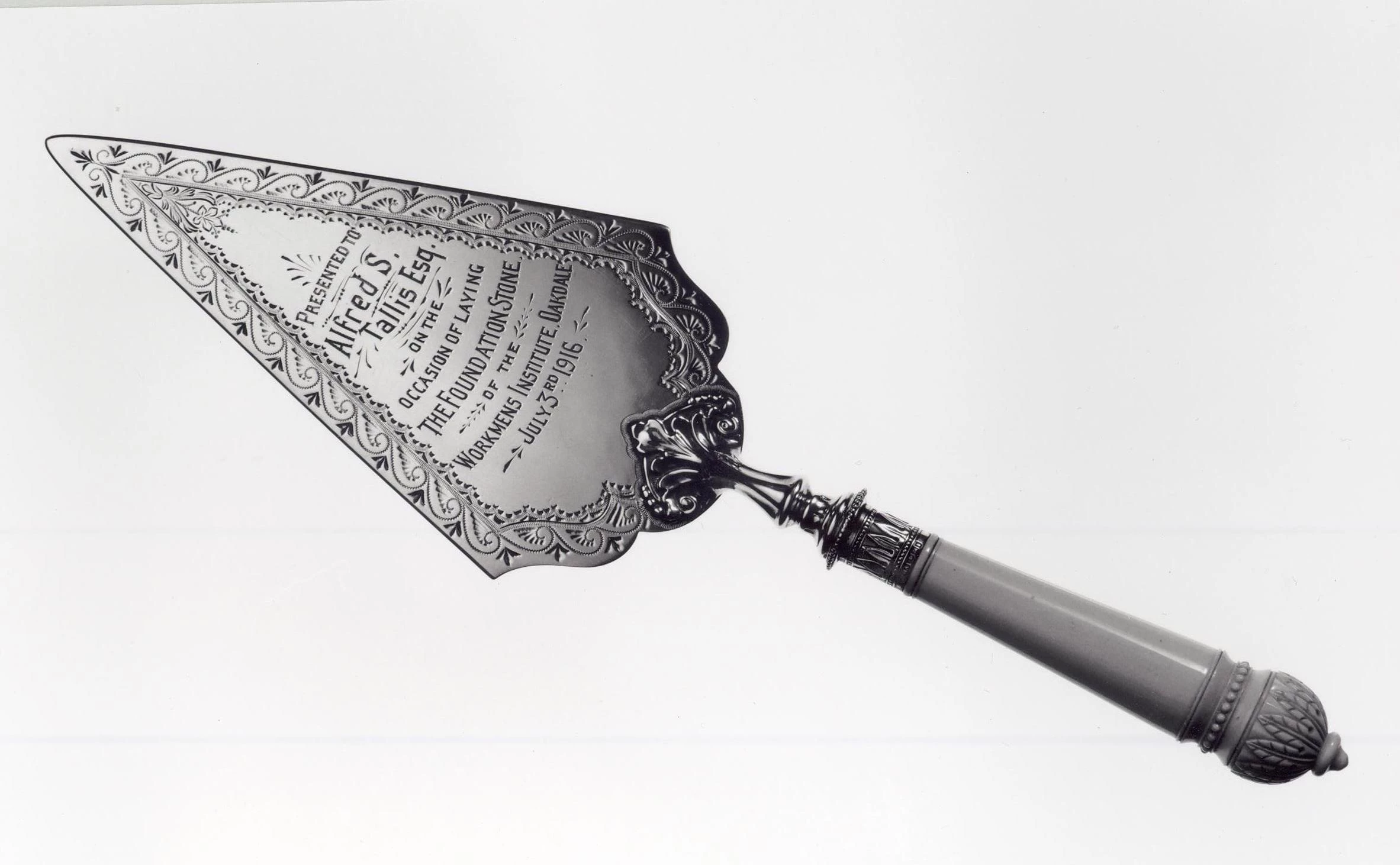The Incas of South America had the largest empire in the Americas, spreading along most of the western coast. Much of their empire was located in difficult terrain, the vast mountains and valleys of the Andes. However, this did not stop them from building over 14,000 miles of paved road or constructing cities in remote areas. Machu Picchu was built in one of the most remote areas of their empire in the 15th century. It had been abandoned within a hundred years and became lost to all but the local indigenous people. On the 24th of July 1911, American historian and adventurer Hiram Bingham III was led to the site and reintroduced Machu Picchu to the world. The Spanish conquistadors had not found the mountaintop city and because of that the wealth of archaeological material remained intact for archaeologists to study. It was enshrined as a UNESCO World Heritage Site in 1983 and in 2007 it was voted as one of the New Seven Wonders of the World in a public poll.
Population increase, dispute with neighbouring groups or changes in the environment can all lead groups to relocate. Skara Brae, on Mainland in the Orkneys, was a Neolithic settlement dating back almost 5,000 years. Located along the sandy coastline, it was a small settlement of only eight houses. It was most likely only occupied for a century before the residents decided to move further inland. Due to its location, once abandoned, it became buried beneath the ever blowing sands. Some 4,000 years later, in 1850, a winter storm battered the coast and exposed the outline of some of the buildings. It was not excavated until 1924 after one of the houses was damaged by another storm. It is one of the best preserved Neolithic villages in Europe and was enshrined as a UNESCO World Heritage Site as part of the Heart of Neolithic Orkney group in 1999.
The Southwest region of the US is full of heritage sites linked to the indigenous people who first arrived in North America from Asia. The Ancestral Puebloan, or Anasazi, culture flourished in the Four Corners region (where Colorado, Utah, Arizona and New Mexico meet) between the 6th and 14th centuries AD. They farmed and hunted along the plateaus (or mesas) of the canyon. By the 12th century, they had moved from living on top of the mesas into the valleys where they built ornate cliff dwellings. At Mesa Verde, Colorado, there are over 4,700 archaeological sites, 600 of them cliff dwellings. The dwellings range in size from small rooms used for storage to multi-level villages. The Anasazis disappeared by the beginning of the 14th century and Mesa Verde was lost in its remote setting for over 500 years. It became a National Park in 1906 and a UNESCO World Heritage Site in 1978.
If you'd rather stay a little closer to home while searching out lost cities have no fear, Wales has its very own. Cantre’r Gwaelod was once a kingdom of fertile land which sat off the coast in Cardigan Bay. According to legend tragedy struck and the surrounding sea reclaimed the land. In the Black Book of Carmarthen, written in the 13th century, the blame is laid at the feet of a well maiden who was ignoring her duty and let the well overflow. In other tellings, it is the fault of a drunken guard who was in charge of closing the floodgates. While there is no definitive proof of Cantre’r Gwaelod’s existence there are curious clues along the coast. In several places between Aberystwyth and Harlech there is evidence of causeways stretching out into Cardigan Bay. The remains of a forest,now underwater, can also sometimes be seen.
Glamming up the worms!
, 8 Gorffennaf 2016
Our exciting, family-friendly exhibition ‘Wriggle’ has recently opened delving into the wonderful world of worms. Producing this exhibition has taken many months of planning, hard work and some excellent teamwork.
The natural science conservators have been very much part of that team, and in the run up to the opening we were very busy working on numerous specimens and creations. My talented colleague Annette focused on creating the beautiful mini dioramas and other displays in the wonderful ‘wriggloo’ center piece. However my role was to work on ‘glamming’ up the worms from our fluid preserved collections!
Fluid preservation, or ‘pickling’ as it is affectionately called, is an important means of preserving many of our specimens. The fluid stops decay and helps preserve the whole 3D form of an animal or plant specimen. Many different fluids can be used but the familiar and commonly used ones are chemicals like ‘formalin’ or alcohol.
Unfortunately there can be many problems to using fluid preserved specimens in display. Whilst the 3D shape is kept, colour cannot be properly preserved. Also many of the chemicals used are potentially toxic and need to be avoided in a public environment. Thus the challenge is to make that brownish, stringy shape in the bottom of a jar safe to display and to look like the worm it is!
Working closely with our worm curators we first established where the specimen was going to be displayed in the exhibition. It was then a case of working through the selected specimens for use in the exhibition and deciding how best they could be displayed.
The overall aim was to make the worms look smart! So we used our best museum jars of beautifully craft borosilicate glass made by a British company called Dixon glass. We also have a stock of rectangular jars called ‘battery’ jars. These are very difficult to obtain but make wonderful display jars. Fluids were changed where required and a number of techniques used to display the worm clearly in the jar so that the visitor can see it at its best.
The result is a rich mix of real specimens embedded in a family friendly and interactive exhibition - it is always very pleasing to be able to display a part of the science specimens in a gallery situation.
If you visit the exhibition then please do take a close look at the diversity of all these worms, and we very much hope you enjoy the visit.
All hail the dragon
, 7 Gorffennaf 2016
During the past two weeks our Geology galleries were closed for essential maintenance. Now they are open to the public again, much to the delight of anyone looking after dinosaur-mad 6-year olds, who, quite rightly, have been disappointed by the temporary withdrawal of some of National Museum Cardiff’s most popular displays.
So in you come for a peek of all those refreshed displays. But what’s that? Seemingly nothing has changed?? Everything still looks as it did before the ‘major refurbishment’ – so what was so major about it?
The idea of undertaking maintenance was not to change the displays – apparently our visitors are happy with the way they are – but to update technology and fix things that were broken. This is why you have to look closely to spot what we have been so busy doing. Very busy in fact; including the planning phase, which took several months, we had at least 23 people working on the gallery. It was very busy every day, with staff and contractors working around each other, from the dinosaur foot prints pavement all the way up to the ceiling (which is 12m high in this gallery).
What you won’t notice is that the fire beams were replaced to alert us early and reliably in the event of a fire. You’ll have to look closely to spot the new lights: the spot lights underneath the ceiling are now all converted to LED. You may find that the image quality of the display screens is a million times better than it was before. What you certainly should notice is that the displays are much cleaner. We also repaired damage to displays. As the saying goes: if you touch - we need to touch up. The paint work, that is. And if anyone happens to walk into a display case the specimens inside move sometimes. If we don’t spot this early enough, they can topple off their shelf and break. We used the opportunity last week to put them all back in their place, hence our plea to you: this is now not a race to see how quickly they can be knocked off their perch again, so absolutely no prize for anyone who thinks they can dislodge the displays. Our specimens – which, actually, belong not to the museum but to the Welsh public – are fragile and repairing them costs tax payers’ money, which we do our best not to waste.
There is one thing that is entirely new to the gallery, something which will be obvious immediately to said 6-year old dinosaur enthusiast (and those of any other age, too): the new Welsh dinosaur now has a permanent home as part of our dinosaur display. A life-sized artist’s impression, feathers and colours and all, is now peeking from the early Jurassic back to its Triassic cousins. It is truly magnificent and inspiring, and actually one of the first models to represent the latest research that these kinds of dinosaurs were clad in feathers. The enthusiast in myself wants to add pathos to this announcement, which is difficult to express in a blog. Hence I’ll stop myself right here and simply invite you to come and see it.
Oh, one more thing. While working in the displays in the past two weeks we found countless sweet wrappers, discarded chewing gums and bits of sandwiches and apples in various hidden corners. These kinds of things encourage pests which we don’t want in the museum any more than you would want them in your house. We have the restaurant, café and schools sandwich room where you are welcome to eat, and there are bins in the Main Hall before you enter the galleries. We would be immensely grateful if you didn’t take any food into the galleries.
Find out more about care of collections at Amgueddfa Cymru - National Museum Wales here.
Mission: Possible
, 1 Gorffennaf 2016
In the last two weeks our Geology galleries at National Museum Cardiff have been closed to the public due to major refurbishments. We are coming to the end now, we are just asking for your patience for a few more days before opening the permanent exhibition again.
We have already written about some of the work in the gallery: cleaning and repairing displays and changing lighting. In addition, we have replaced display screens and fire beams, and here’s why and how.
There are a number of videos in the galleries which used to be played from medieval cathode ray tubes – if you are as old as me you will remember the old TV screens which were always surprisingly front-heavy when you had to lift them. They are larger (deeper, which limits exhibition space), use more electricity and have a lower resolution than the new flat screens we just installed. If you are a regular visitor you will notice that the screens are not sticking out of the wall as much as they used to. And the resolution is sooo much better now! The videos are now much clearer for you, the visitor, while we, the museum, will save money on our electricity bills which we can then invest in improved collection care and exhibitions – everybody wins.
At the same time we used the gallery closure to work at height – underneath the ceiling, to be precise. Fire safety is more than a legal requirement for us; it is part of our work to care for the national collections. After all, if the museum burns down a large part of your heritage disappears forever. From time to time, even fire and smoke detection equipment needs servicing. This was undertaken this week by a specialist company. And this certainly caused a bit of a stir in the building.
As in your house, the smoke detection equipment is situated underneath the ceiling. It’s just that the ceiling in our Geology galleries is about 12m high. We can’t get there with ladders or scissor lifts, not to speak of all the displays that are in the way. The solution was to climb up the walls. So if any staff are still wondering what why there was a man dangling from the ceiling – it wasn’t a burglar, as in the 1996 film Mission: Impossible, but a rope access operator keeping the museum save from fire.
We are now in the process of completing the last few pieces of work and cleaning up in the next few days. The exhibition will be open to the public again on Tuesday 5th July.
Find out more about care of collections at Amgueddfa Cymru - National Museum Wales here.
Building on strong foundations: Oakdale Workmen’s Institute
, 1 Gorffennaf 2016
In 2017 St Fagans National History Museum will be celebrating the 100th anniversary of the Oakdale Workmen’s Institute. The building was at the heart of Oakdale village community for 80 years until it closed in 1987 and then moved to St Fagans.
Exactly 100 years ago, on 3 July 1916, the work of building the Institute in Oakdale began when a ceremony was held to lay the first foundation stones. This type of ceremony is common when large public buildings are built to mark the beginning of the main construction phase. During the ceremony, a trowel is used to place the mortar where the foundation stone is laid and a trowel is then engraved to commemorate the ceremony.
Two foundation stones were laid at the ceremony for the Oakdale Workmen’s Institute in 1916, one on either side of the main entrance door. The stone on the left was laid by Harry Blount on behalf of the workmen of Oakdale Colliery and the stone on the right by Alfred S. Tallis representing the Tredegar Iron and Coal Company, owners of the colliery.
Harry Blount was one of the original members of the Oakdale Workmen’s Institute Committee, formed in 1913. Their meeting place in the early years was in the ‘Huts’, the old barracks which once accommodated the workers of the Oakdale Colliery shafts. In the minutes of the Committee it notes that on 6 January 1914, Harry Blount proposed that they should ‘proceed with the new Institute at once’. At the same meeting Arthur Webb was appointed as the architect and within a month his sketch plan had been accepted by the Committee.
Alfred S Tallis, Managing Director of the Tredegar Iron and Coal Company, was involved with the Institute from the beginning with the promise of a financial loan for the building work. He was also the main promoter of the idea of a model village at Oakdale for the company’s workforce with modern housing built in a rural area, away from the colliery. The work of building the new village began in 1909 and the first street, Syr Dafydd Avenue, was completed in 1913 and designed by the Institute’s architect, Arthur Webb, Tallis’s brother-in-law.
The minutes of the Committee briefly mentions the arrangements for the ceremony held on Monday 3 July 1916; there was to be a cold lunch at the Oakdale Hotel with the full Committee attending and the Oakdale Colliery Band were to play around the village half an hour before to advertise the event. The ceremony itself was at 5 o’clock and Sir Charles Edwards, M.P. was asked to attend and to speak.
The two foundation stones can still be seen either side of the Institute’s main door at St Fagans and the commemorative trowels from the ceremony are displayed on the wall of the Institute Committee Room. Both trowels were donated to the Museum in the months before the Institute re-opened at St Fagans in 1995, by Harry Blount’s grandson and by Alfred Tallis’s grand-daughters.
In 2017, the year of the centenary of Oakdale Workmen’s Institute, the Museum is planning to bring the building alive once again, to reflect its original purpose as a place for the community. We’ll be updating you on the project as we go so look out for #Oakdale100 news in the coming weeks and months.
This project is supported by the Armed Forces Community Covenant Grant Scheme.
cofnodion diweddar
Dathlu Mis Balchder! - Hunaniaeth Cwiar: Symbolaeth Blodau a Chymuned
Lleisiau’r Amgueddfa: Siôn Davies-Rollinson – Cydlynydd Ymgysylltu a Gwirfoddoli
Magu hyder, un mat rhacs ar y tro!
Dathlu Mis Balchder! - Toredig ond Prydferth: Creu Lle, Gwella gyda'n Gilydd
categorïau
- Pob cofnod
- Addysg
- Ailddatblygu Llechi
- Amgueddfeydd, Arddangosfeydd a Digwyddiadau
- Blog y Siop
- Casgliadau ac Ymchwil
- Casglu Covid
- Crefftwyr Amgueddfa Wlân Cymru
- Cyffredinol
- Holiaduron y gorffennol a’r presennol
- Iechyd, Lles ag Amgueddfa Cymru
- Lleisiau’r Amgueddfa
- Rhyfel Byd Cyntaf
- Streic! 84-85 Strike!
- Ymgysylltu â'r Gymuned



